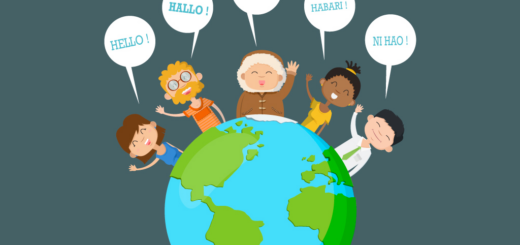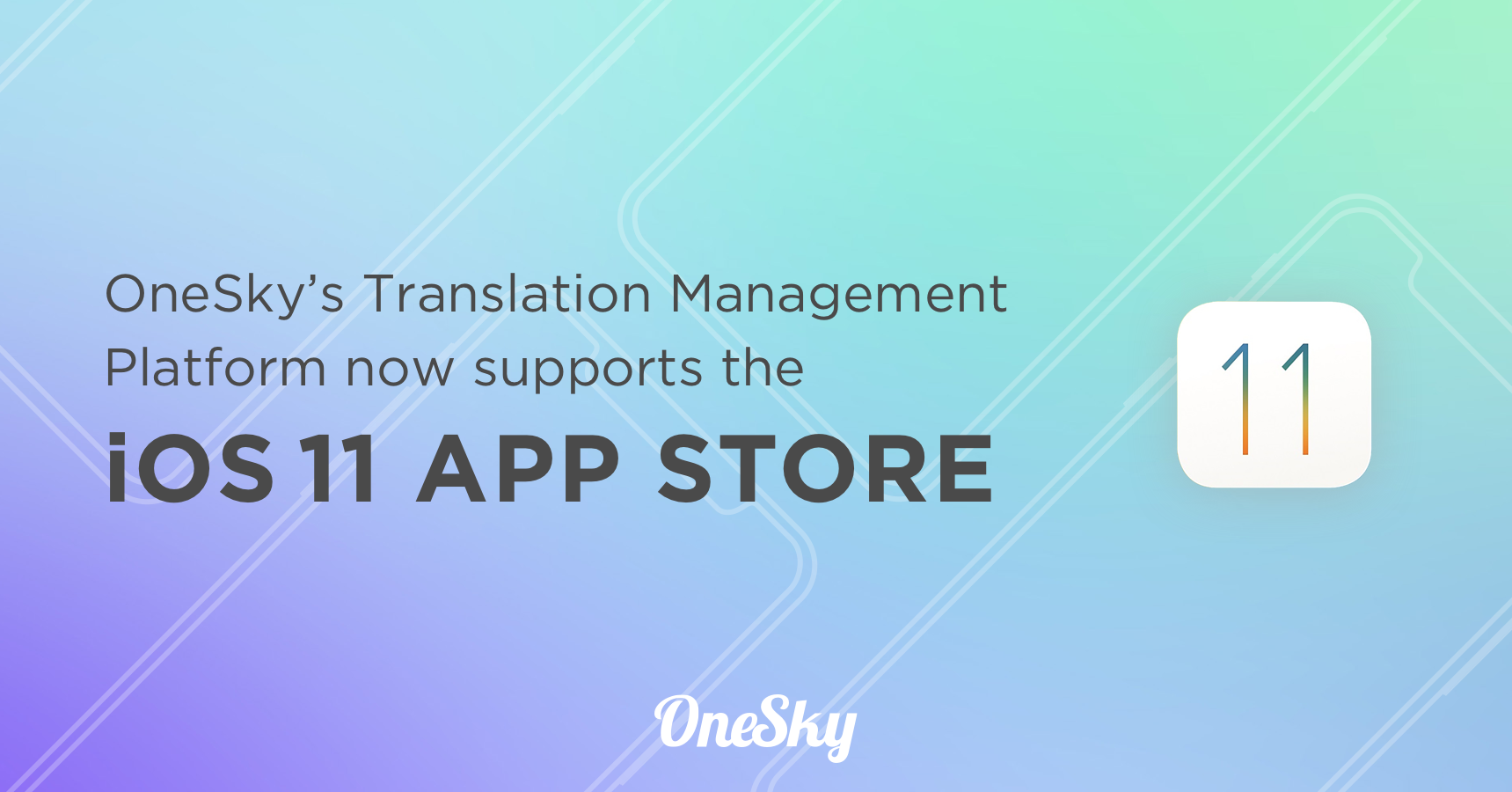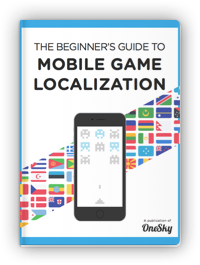Enhance Efficiency with Machine Translation Post-Editing Solutions
In today’s rapidly evolving landscape of global business, Machine Translation Post-Editing (MTPE) has emerged as a vital component in modern translation workflows. This technique is particularly crucial for software/SaaS companies aiming to scale operations and enhance their global reach efficiently. By integrating MTPE, you can leverage the speed of machine translation with the accuracy of human review, striking a crucial balance that maximizes both efficiency and quality.
MTPE serves as a bridge, combining the rapid advances of Artificial Intelligence in machine translation with the nuanced understanding of human translators. This synergy ensures that translated materials are not only quick to produce but also maintain the cultural and contextual accuracy necessary for global market success.
In this article, we’ll take a deeper look into the definition of MTPE, explore its benefits for software/SaaS sectors, and discuss how you can integrate it into your localization strategy effectively. We’ll also look at overcoming typical challenges and leveraging MTPE for optimal results with the help of advanced translation management systems like OneSky.
What is Machine Translation Post-Editing (MTPE)?
Machine Translation Post-editing is a dynamic process that strategically merges machine translation (MT) with human post-editing to produce high-quality translations. In this hybrid approach, initial translations are generated by advanced machine translation engines like Google Translate or DeepL, which provide a rough translation of the source text. These machine-generated outputs are then refined by human linguists who correct errors, adjust tone, and ensure that text respects cultural nuances.
The role of MTPE is crucial in the translation process, especially for companies aiming to scale their translation efforts to meet the global demands rapidly. By utilizing MRP, you can handle larger volumes of translation projects without compromising the quality of translated text. This method is not only cost-effective but also significantly speeds up the turnaround time for deliverables, a crucial factor for software and SaaS sectors where updates are frequent and timely release is critical.
MTPE also enhances the efficiency of translation memory systems, a component of translation management systems (TMS), by learning from previous edits. This continuous improvement leads to even faster and more accurate translations over time.
Advantages of MTPE for Software/SaaS Companies
MTPE presents a suite of advantages that are particularly beneficial for software and SaaS companies. These organizations often face the challenge of rapid product evolution and the need to communicate updates to a global audience swiftly. Here’s how MTEP becomes a strategic asset:
- Faster Turnaround Times: MTPE significantly reduces the time required to produce high-quality translations. By initially using machine translation engines, companies can get the bulk of their content translated quickly, which is then finely turned on by human editors. This process is crucial for software companies that frequently update their products and need to distribute updated documentation or release notes across multiple language pairs promptly.
- Cost Efficiency: Implementing MTPE is a cost-effective strategy for managing large volumes of content. The initial machine translation phase lowers the dependency on human translation for the first draft, allowing companies to allocate resources more efficiently and reduce the overall cost of translation projects.
- Improved Consistency: For software and SaaS companies, maintaining consistency in technical terms and product-specific language across all translations is vital. MTPE supports this requirement by utilizing translation memory and glossaries that ensure consistency and accuracy across all content, even when scaling to new markets.
While MTPE meets the rapid pace of product updates, it also helps companies to keep up with global market demands. By ensuring that translations are accurate and culturally appropriate, MTPE aids in maintaining a brand’s integrity and reputation internationally.
Integrating MTPE into Your Localization Strategy
Successfully integrating machine translation post-editing (MTPE) into your localization workflow is a transformative step that can drive efficiency and enhance the global reach of your content. Here are the critical steps and considerations for implementing MTPE effectively:
- Selecting the Right MT Engine: The choice of an MT engine is fundamental to the success of your MTPE process. Opt for engines that are renowned for their accuracy and support for multiple language pairs. Engines like Amazon Translate, Google Translate, or customized neural machine translation (NMT) systems are often preferred due to their advanced algorithms and broad language service provider support.
- Criteria for Choosing Skills Post-Editors: Post-editors are very crucial in the MTPE process, as they refine and adapt the machine-translated text to meet high standards. Key criteria for selecting these professionals include a deep understanding of the target language, expertise in the subject matter, and the ability to work seamlessly with AI outputs. Effective post-editors must also be adept at using CAT tools and managing translation memory systems to enhance productivity.
- Workflow Optimization: Integrate MTPE into your existing workflows by establishing clear guidelines for when and how to use machine translation and human editing. This includes defining full post-editing and light post-editing tasks based on the content types and the required quality level. Utilize translation management systems that support MTPE processes, such as OneSky’s platform, which streamlines these tasks and facilitates effective collaboration among team members.
- Quality Assurance: Implement rigorous quality checks at multiple stages of the MTPE process to ensure that the translated text meets your standards. This might include initial quality assessments of the MT output and detailed reviews by skilled post-editors to refine syntax, grammar, and style.
- Feedback and Improvement: Establish feedback mechanisms between post-editors and MT engineers to continuously improve the accuracy of the MT algorithms based on real-world editing outcomes. This helps fine-tune the process and achieve better-quality translations over time.
Overcoming Challenges with MTPE
Implementing machine translation post-editing (MTPE) presents a unique set of challenges that can impact the efficiency and quality of translation projects. Let’s take a look at some of the primary hurdles and strategic solutions to ensure successful MTPE integrations:
Ensuring Quality of Machine-Translated Output
A frequent issue with using tools like Google Translate is the variable quality of the machine-translation output. While these tools are advancing, they often require significant adjustments by human linguists to ensure that the translations are accurate and contextually appropriate. This step can be particularly cumbersome when the original machine-translated text misses cultural nuances or specific industry terminology
Enhancing the initial MT setup by customizing machine translation engines can help handle specific language pairs and technical jargon better. Implementing NMT systems that learn from corrections and adapt over time can also significantly improve initial output quality.
Training and Managing Post-Editors
Post-editors play a crucial role in the MTPE process, but their effectiveness can be hindered by inadequate training on the latest MT engines and CAT tools. Moreover, adapting to continuous updates in machine learning models can be a challenge.
Providing ongoing training and support for post-editors to keep them updated on the latest technology and best practices is very important. Establish quality assurance programs that include regular performance reviews and targeted training sessions based on individual editor needs.
Streamlining Editor Workflow
The necessity to frequently re-translate poor-quality MT output can lead to delays and increased costs, undermining the efficiency of the machine translation post-editing (MTPE) process.
Implementing quality checks at the initial stages of machine translation can help catch major errors early. Translation memory systems and glossaries maintain consistency and reduce the workload on human editors. Incorporate feedback loops between post-editors and MT developers to continuously refine the algorithms based on actual usage and feedback, enhancing the quality and speed of the translation process.
Leveraging OneSky for Optimal MTPE Results

AI translation post-editing service by OneSky professional linguists
OneSky’s CoFluent AI translation service (post-editing) is an optimized workflow, integrating seamlessly with leading AI translation engines and harnessing the power of AI. By utilizing OneSky’s robust platform, you can achieve more efficient, accurate, and cost-effective translation processes without hassles of hiring extra headcount for quality assurance on your own.
Here’s how OneSky stands out in facilitating advanced machine translation post-editing (MTPE) results:
Adaptive AI Engine
OneSky’s adaptive AI engine is a core component that significantly enhances the machine translation post-editing (MTPE) process. This advanced technology leverages feedback loops from professional translators to continuously learn and improve. By incorporating real-time feedback, the AI engine adjusts its translations to be more on-brand and contextually, ensuring high-quality translations that meet client-specific needs.
Streamlined Post-Editing Tools
OneSky provides an array of tools designed to streamline the post-editing process. These include intuitive interfaces for post-editors to work efficiently, integrated glossaries for consistent terminology, and easy access to translation memories that speed up the editing process while ensuring consistency across language pairs. To ensure top notch quality, each translation is given an LQA score internally before delivery, and only those with a passing score are allowed for delivery to customers.
Cost Efficiency
The CoFluent AI service of OneSky offers a cost-efficient alternative to traditional machine translation post-editing (MTPE) services. By integrating professional translators who refine AI-powered translations, ViaCopilot reduces the reliance on extensive human intervention without compromising on quality, thereby lowering overall translation costs.
Cloud-Based TMS and QA Features
OneSky’s cloud-based nature allows for unparalleled flexibility and scalability, accommodating large volumes of translation projects simultaneously. The quality assurance (QA) features of OneSky play a critical role in maintaining translation quality, with automated checks and balances that ensure every piece of content meets stringent standards before final approval.
Boost Productivity
As the go-to translation solution for developers and SaaS companies building a global brand, OneSky also seamlessly integrates with the most popular platforms. This achieves comprehensive linguistic guidance, no matter your tech stack. Other features, such as string management, automated workflows, on-device testing, and APIs eliminate redundancies and shorten turnaround times so you can scale efficiently.
Unlock Global Potential with OneSky Localization Agent
Integration of AI translations presents transformative advantages for software and SaaS companies striving to excel in global markets. By enhancing localization processes with OneSky Localization Agent, you can achieve faster turnaround times, cost-effectiveness, and improved translation quality. These benefits are crucial for maintaining pace with the rapid evolution of software products and the expansion into new linguistic territories.
Take off towards your global communication today by adopting OneSky’s CoFluent AI translation service for your localization needs at budget-friendly prices.











 Written by
Written by 



The growth of machine assisted translation is indeed growing to next level. But at the same time the human touch and interference cannot be ignored, The combination of machine translation with human touch is definitely going to be a hit. Love the way you introduced the concept and narrated the advancement that’s creating revolution in the translation industry. Thanks a lot for a wonderful blog!